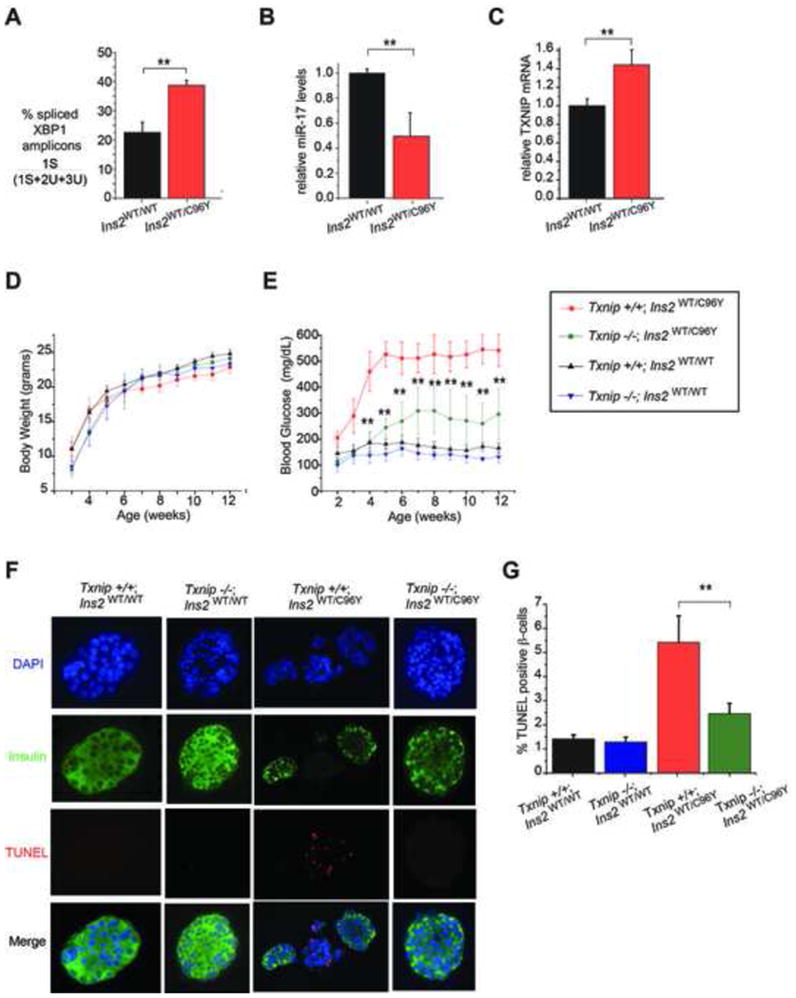Figure 5. Txnip deficiency protects against β-cell loss and diabetes in the Ins2WT/C96Y mouse.

(A–C) Pancreatic islets from 3 week old Ins2WT/C96Y mice show evidence of ER stress at baseline, including increased XBP-1 splicing, decreased miR-17, and elevated TXNIP mRNA as assessed by Q-PCR. (D) Indicated genotypes showed no significant differences in body weight up to 12 weeks of age. For the 12 week timecourse, N=9 for Txnip+/+ Ins2WT/C96Y mice, N=10 for Txnip+/+Ins2WT/WT, and N=8 for both Txnip−/−Ins2WT/WT and Txnip−/−Ins2WT/C96Ymice. (E) Body glucose levels for indicated genotypes up to 12 weeks of age. Note that Txnip−/− Ins2WT/C96Ymice have significantly lower blood glucose levels compared to Txnip+/+ Ins2WT/C96Ymice at all time points. (F) Pancreatic islets were isolated from mice of indicated genotypes at 5 weeks of age and assessed by DAPI, anti-insulin and TUNEL staining. (G) Quantification of TUNEL positive β-cells from experiments in F. Bar graphs represent three independent biological samples. All mice were on C57BL/6 genetic background. Data are shown as mean ± SD. **p < 0.005.
